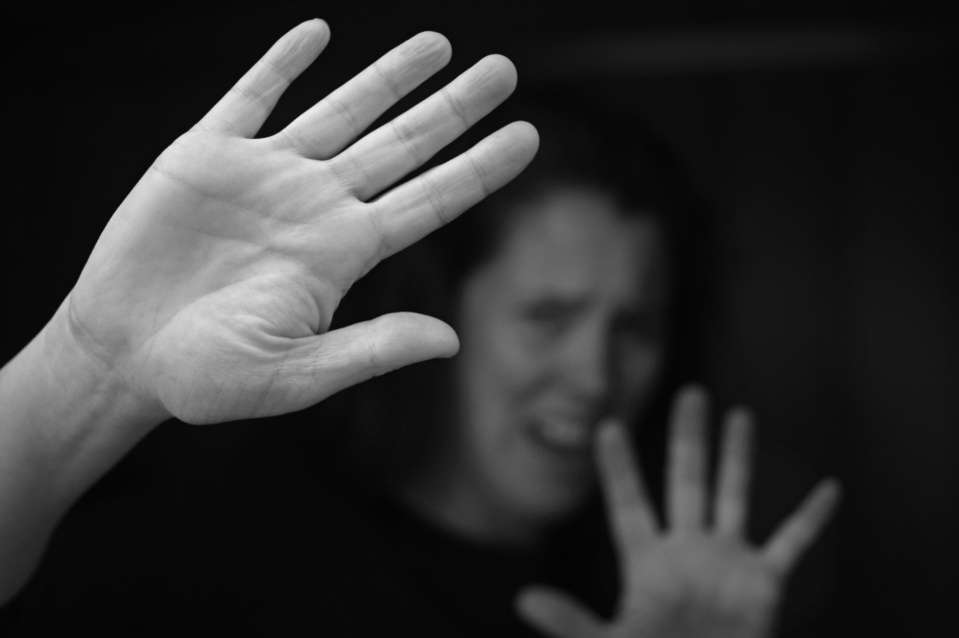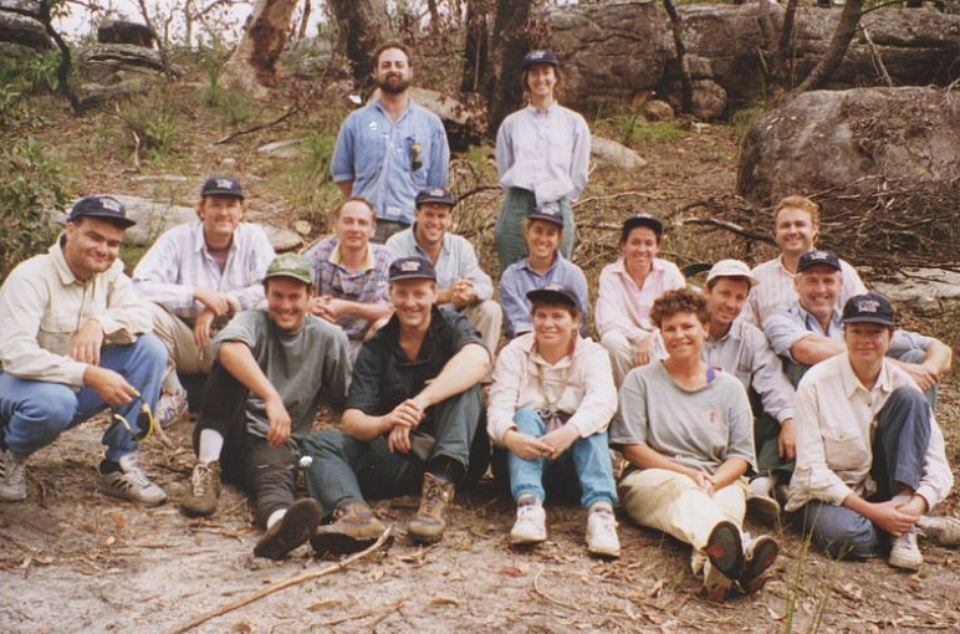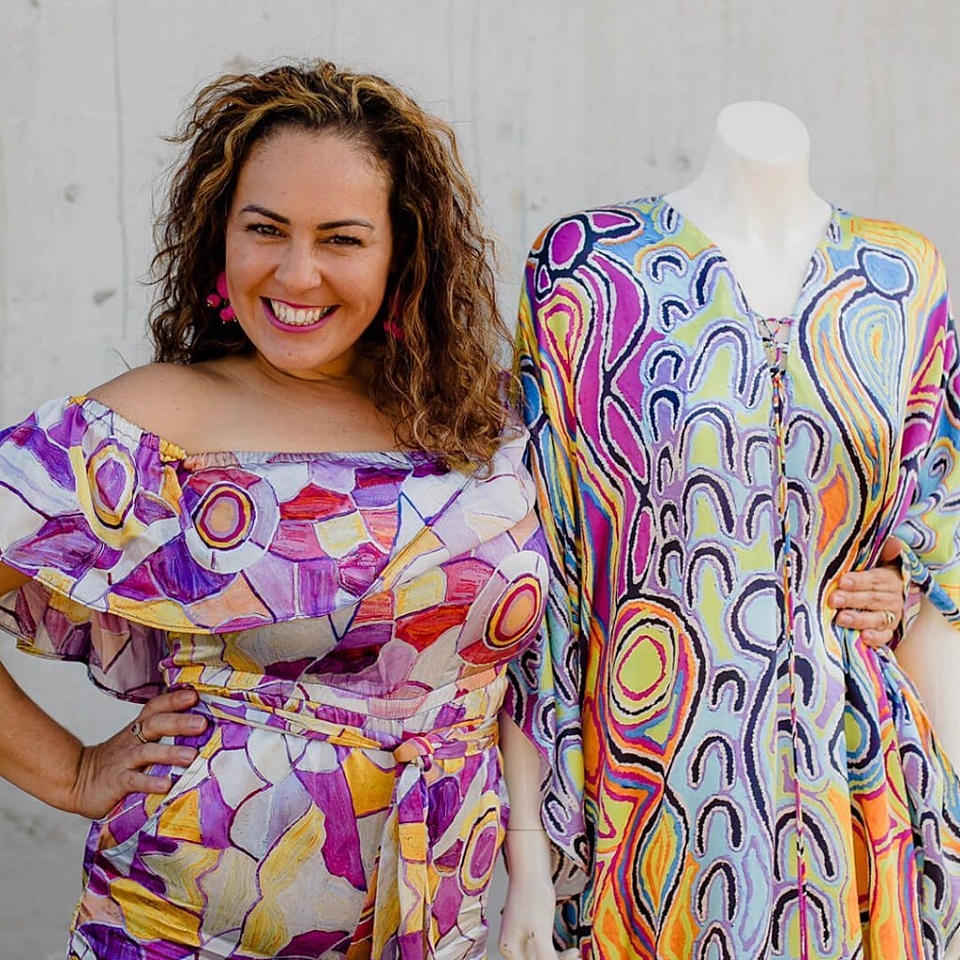This is a striking increase from 17.7% in 2018, a figure that had remained relatively consistent for two decades (15% in 1998). The rise was seen across genders, with a notable uptick in the number of people reporting profound or severe disability. The proportion of primary carers with disability also dramatically increased from 32.1% to 43.8%.
So what is driving the increase? Are these numbers truly reflective of reality, or influenced by changes in how data is collected?
About the survey
The Australian Bureau of Statistics (ABS) conducts the survey every three years, providing detailed insights into the lives of people with disability, those aged 65 and over, and primary carers.
Released last month, the 2022 survey collected data from over 13,700 households and 1,100 care accommodations and group dwellings between June and the following February.
Although the criteria for defining disability have remained consistent over the years, the latest survey introduced some methodological changes that could have influenced the reported rates.
One of the most significant changes was the introduction of an online participation option, which 41% of households used. This shift to a more private and comfortable mode of data collection may have encouraged disclosure of disability and discussion of sensitive needs.
Nevertheless, this increase likely reflects a more accurate representation of the population. Some argue greater willingness to disclose disability could lead to greater increase than the rates collected over the years. Disability disclosure often limits collection of accurate data, particularly in employment, where up to 56.9% of employed people with disability did not disclose to their employer.











